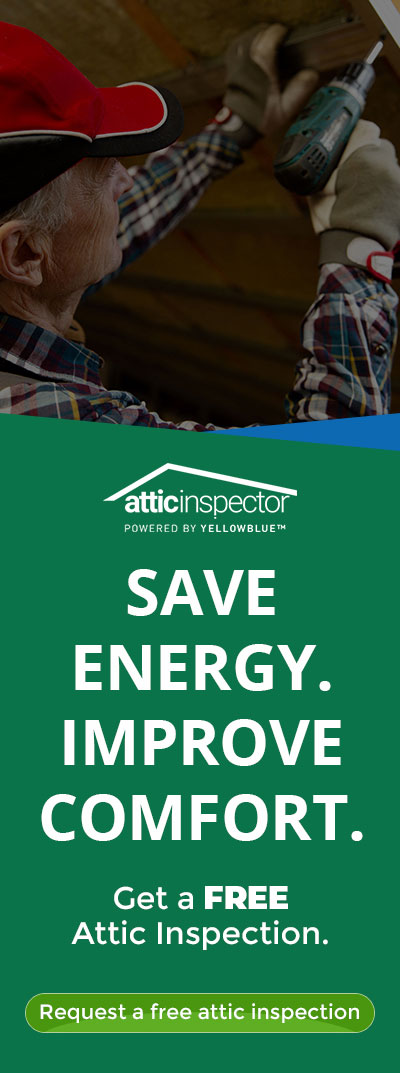There are a lot of decisions to make whenever you move into your first place. Whether it’s your forever home or a stop on the map, it’s home for however long. That means there are decisions to make about the lighting. And the decor. And the curtains.
But what about the air you’re breathing? It may seem like a given that the air is perfectly breathable and clean. Yet many times that couldn’t be farther from the truth.
Microscopic minions otherwise known as indoor air pollutants are a silent enemy of even the most calming space. From mold and mildew to dust mites and pet dander, there are all sorts of indoor air quality solutions to consider when moving into a new home.
Indoor pollutants are unwelcome, yet they are present. One in five people in the United States suffer from allergies and asthma, while as many as 70 percent of homes have some type of mold behind the walls.
If walls could talk, that’s not the most comforting message, despite everything you can do with paint colors and matching towels in the bathrooms.
What causes indoor air pollution and how can it be prevented?
Causes of indoor air pollution
Understanding the types of indoor air pollution is the first step toward understanding how to improve indoor air quality.
There is an entire division of the Environmental Protection Agency dedicated to providing homeowners with information on how air pollutants in your home could be putting you at risk and resources for what you can do about it.
In general, EPA experts suggest it is most important to consider how much a pollutant emits for how long and how hazardous the emissions are.
Building materials, furniture and household products, for example, release pollutants more consistently than intermittent sources like smoking or failure to fix a broken stove or space heater.
Some of the biggest offenders causing indoor air pollution are things a lot of us wouldn’t even think about. Building materials and furnishings, newly installed flooring, household cleaning products and biological contaminants like viruses and animal dander fall into this category.
Indoor air pollution solutions
Environmental probiotics
So how can you improve indoor air quality naturally? One new and exciting method is the introduction of envrionmental probiotics.
In the case of indoor air pollutants, a fear of the unknown could be costly for your health. Instead, be proactive in your fight against what you can’t necessarily see by installing a probiotic air purification system.
Systems like RENUAIRE by Yellowblue offer increased protection from indoor irritants by providing effective and long-lasting residual cleaning of inorganic matter in the air and on surfaces.
The natural, chemical-free purifier puts environmental probiotics to work to purify the air and hard surfaces through patented technology.
Billions of probiotics are intermittently released into the air, consuming organic pollutants like pollens, dust mite waste and pet dander.
When it comes to making choices in your new home, the options are plentiful. It’s just as easy to improve indoor air quality as it is to forget that it is even something to consider.
Check Your Home Indoor Air Quality
What you can’t see inside your home can pack a powerful punch.
That is why it is especially important to take steps to protect yourself.
Start small by getting educated on the kinds of indoor air pollutants that could be a threat. From there, use that knowledge to be proactive and protect yourself by using environmentally friendly products like a probiotic air purifier.
Contact us for more tips and to check the indoor air quality in your home. Speak to an independent authorized Yellowblue dealer near you. Your home is where your story begins. Let’s make it a healthy one.




